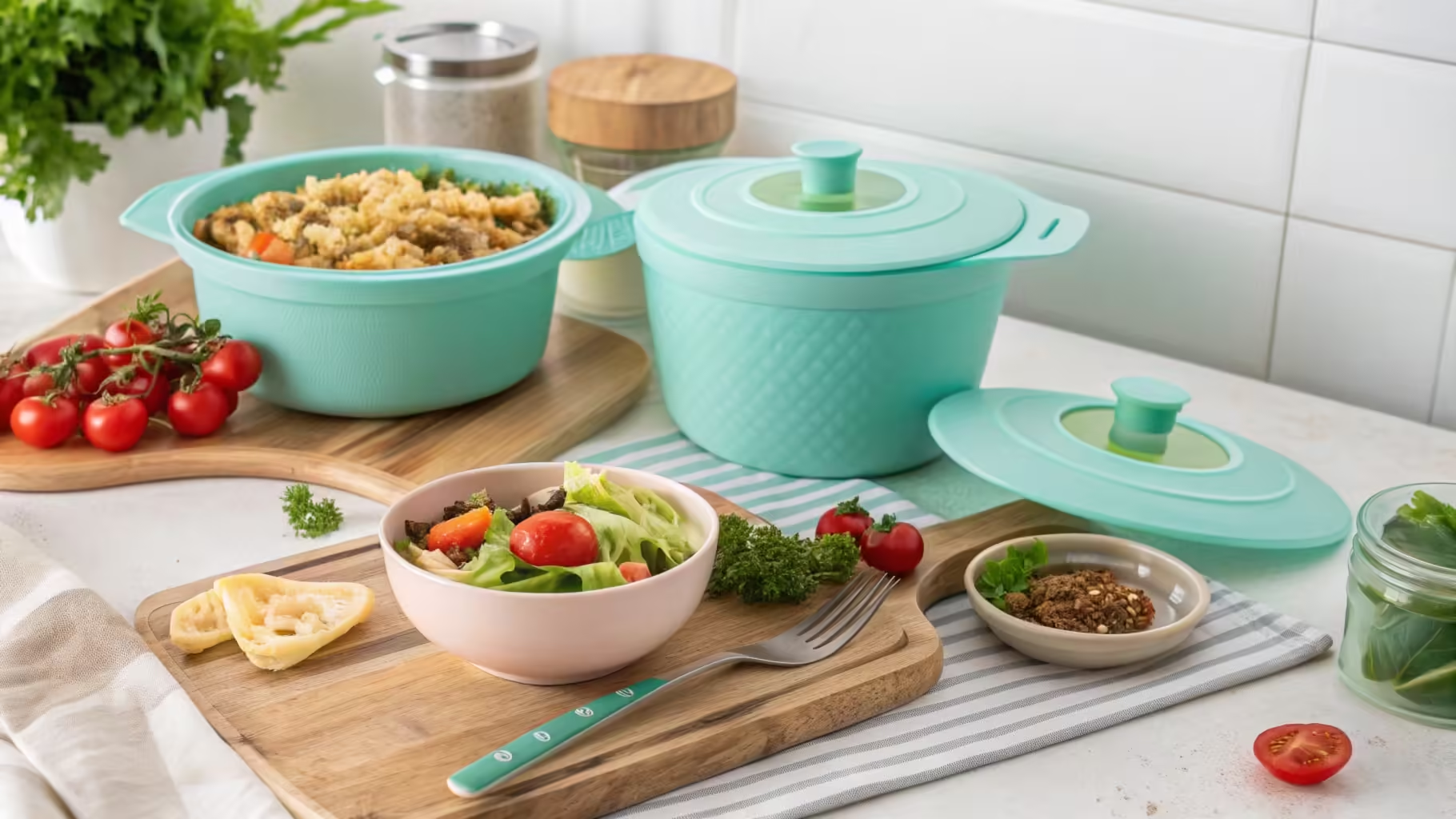
The durability of silicone kitchenware plays a critical role in its eco-friendliness. The longer a product lasts, the fewer replacements are needed, reducing overall consumption and waste.
The extended lifespan of silicone kitchenware makes it an eco-friendly option, as it reduces the need for frequent replacements compared to other materials.
I used to replace my plastic kitchenware every couple of years due to wear and tear. With silicone, my items last far longer, saving money and reducing waste.
How Does the Durability of Silicone Kitchenware Impact Its Eco-Friendliness?
Durability is a key factor that enhances the sustainability of silicone kitchenware. The more durable a product is, the longer it remains in use, reducing the frequency of replacements.
Silicone’s long lifespan reduces waste and helps prevent the need for frequent production of new items, making it an eco-friendly choice.
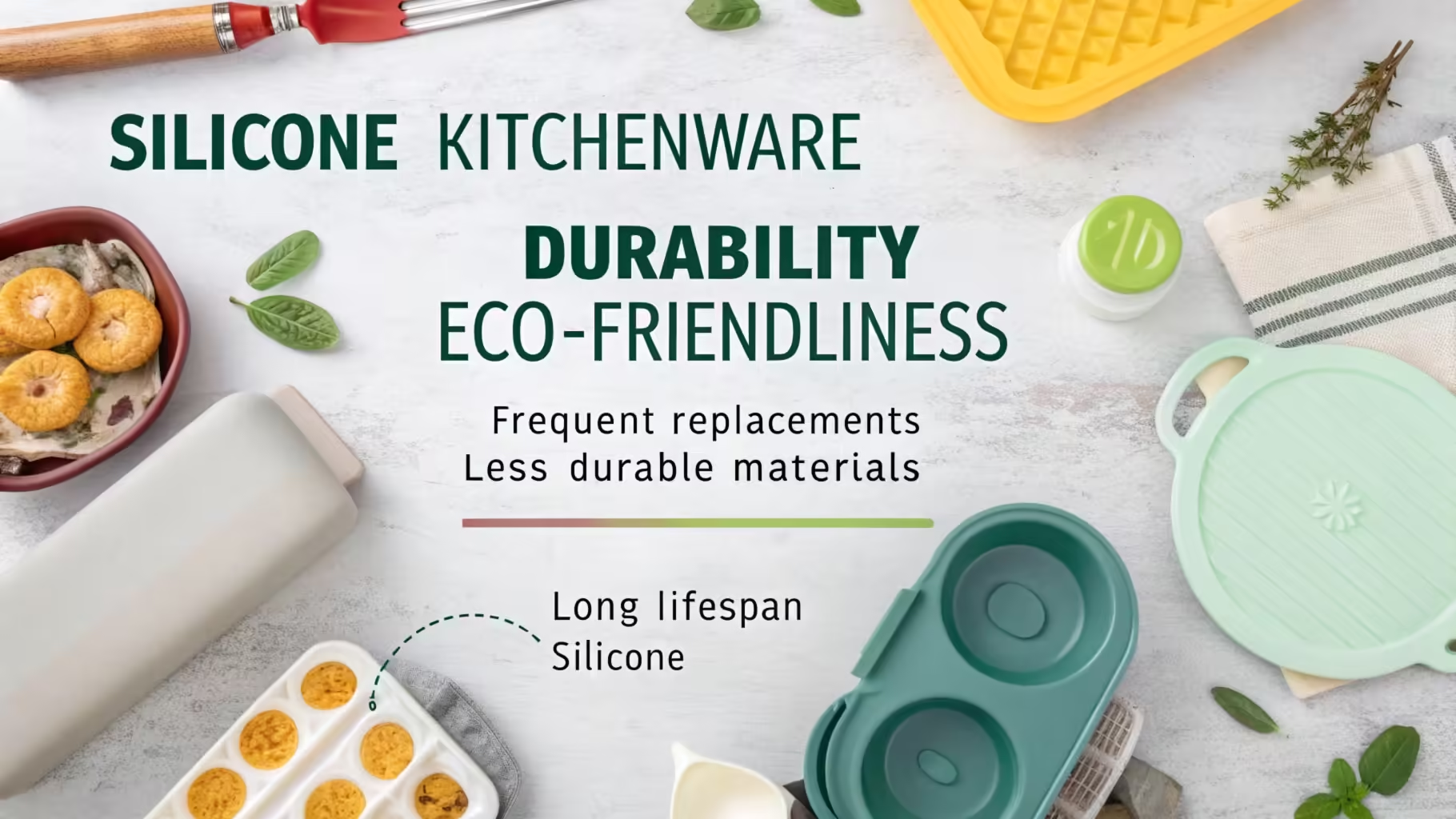
Long Lifespan Reduces Waste
- Fewer Replacements: High-quality silicone kitchenware lasts for many years, reducing the frequency of replacements and contributing to lower waste.
- Lower Carbon Footprint: With fewer products needing to be produced, transported, and discarded, silicone’s durability helps reduce its overall environmental impact.
- Reduced Landfill Contribution: Since silicone items can last up to 20 years with proper care, they contribute less to landfill waste than their plastic counterparts.
Comparison of Durability
| Material | Lifespan | Impact on Environment |
|---|---|---|
| Silicone | 10-20 years | Low, due to longevity |
| Plastic | 1-5 years | High, due to frequent replacements |
| Metal | 15-30 years | Moderate, but can still wear over time |
Silicone vs. Other Materials
The durability of silicone ensures fewer resources are consumed for replacements, aligning with the principles of a circular economy where products are used longer and disposed of less frequently.
Are There Any Eco-Friendly Alternatives to Silicone Kitchenware?
While silicone is often hailed as one of the most eco-friendly kitchenware materials, there are other sustainable alternatives available.
Bamboo, stainless steel, and glass are popular eco-friendly alternatives to silicone kitchenware.
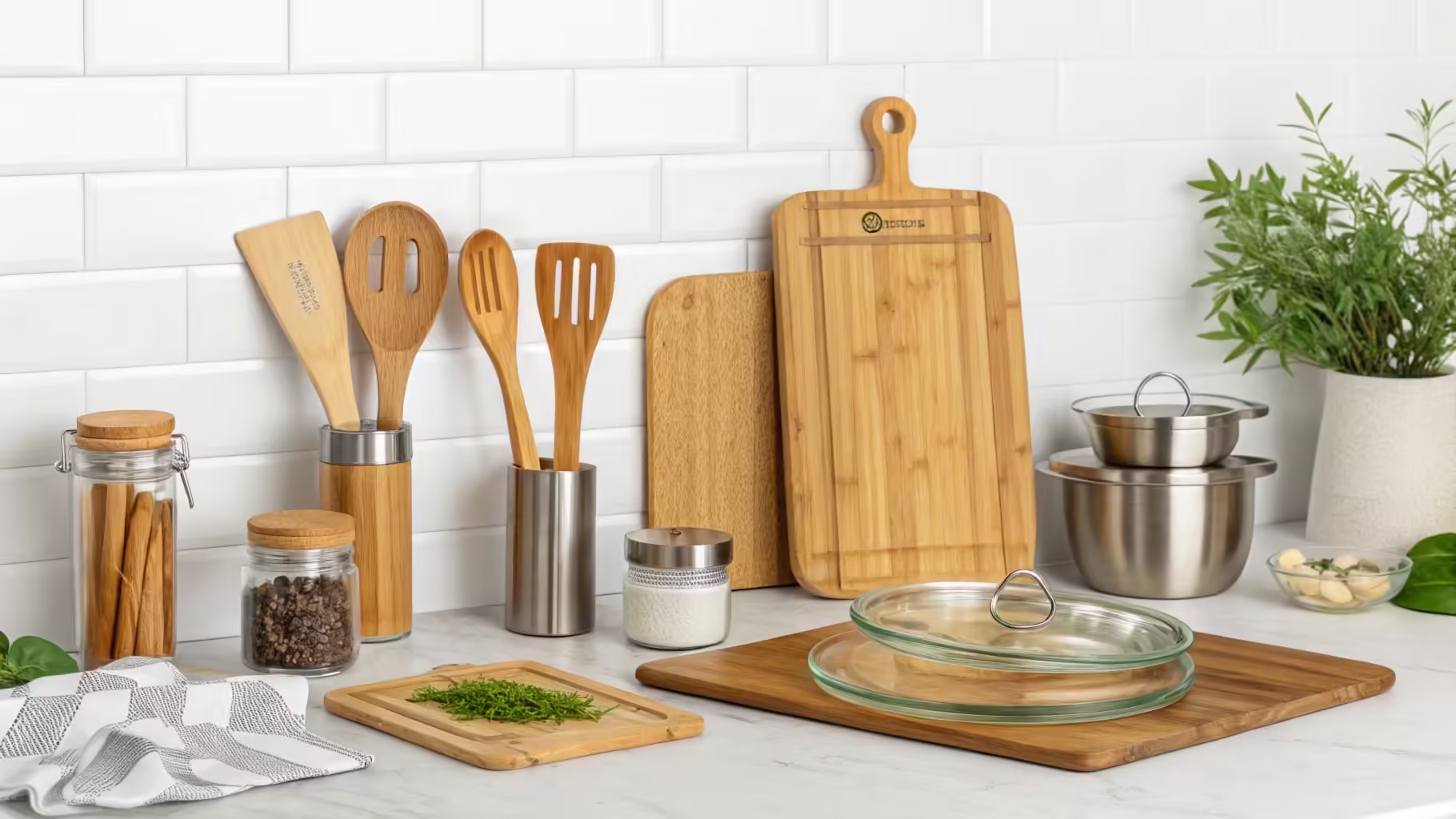
Alternatives to Silicone Kitchenware
- Bamboo: Known for its fast-growing nature and biodegradability, bamboo is a great alternative for kitchen tools like spatulas and cutting boards.
- Stainless Steel: A durable and fully recyclable material that doesn’t leach chemicals into food, making it an excellent choice for kitchen items like cooking utensils.
- Glass: Non-toxic, highly durable, and fully recyclable, glass containers and cookware are another sustainable alternative, though less flexible than silicone.
Comparison of Alternatives
| Material | Pros | Cons |
|---|---|---|
| Bamboo | Biodegradable, renewable | Less durable than silicone |
| Stainless Steel | Durable, recyclable | Heavy, can rust over time |
| Glass | Non-toxic, recyclable | Fragile, not flexible |
While alternatives exist, silicone remains a top eco-friendly option due to its flexibility, long lifespan, and recyclability.
How Does the Production Process of Silicone Affect Its Environmental Impact?
The production process of silicone involves several stages that can impact its environmental footprint, from raw material extraction to manufacturing.
The process of manufacturing silicone kitchenware uses less energy than plastic production, but there are still environmental considerations to keep in mind.
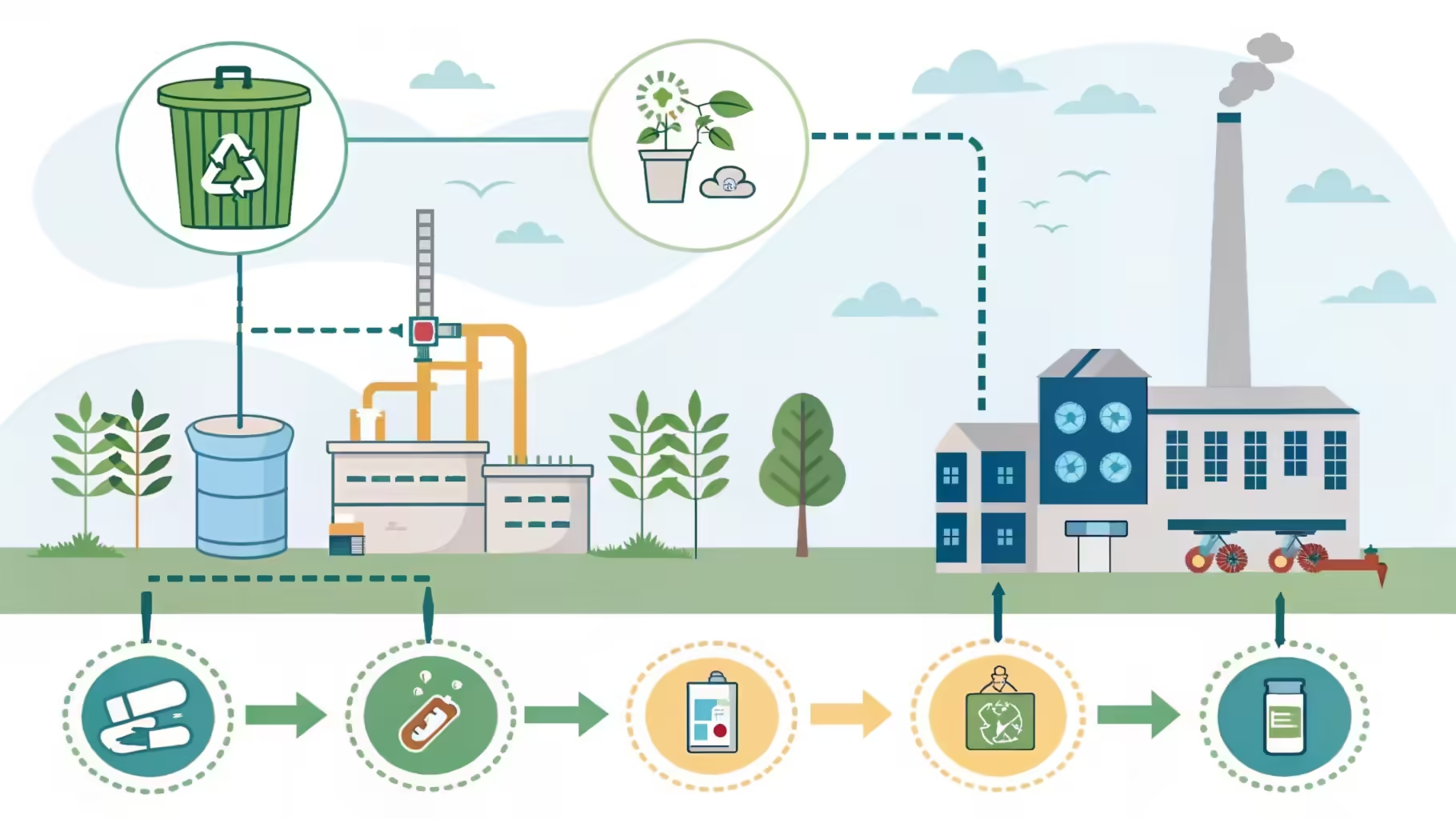
The Environmental Impact of Silicone Production
- Raw Material Extraction: Silicone is made from silica (sand), which is abundant and non-depleting. However, mining and processing raw materials can still have an environmental impact.
- Energy Consumption: While silicone manufacturing is generally more energy-efficient than plastic production, energy consumption can still contribute to carbon emissions.
- Emissions: The production of silicone does involve some emissions, though these are typically lower than those associated with plastic production, especially petroleum-based plastics.
Production Efficiency
| Stage | Environmental Impact | Sustainability Tips |
|---|---|---|
| Raw Material | Minimal impact, as silica is abundant | Use sustainable mining practices |
| Manufacturing | Lower energy consumption than plastic | Invest in energy-efficient production methods |
| Emissions | Lower than plastic production | Implement cleaner production technologies |
By investing in more sustainable production methods, manufacturers can reduce the overall environmental impact of silicone kitchenware.
Can Silicone Kitchenware Be Recycled, and If So, Where?
Yes, silicone kitchenware can be recycled, but the process is not as widespread as recycling for other materials like plastic and metal.
Silicone is recyclable, but the infrastructure for recycling it is limited in many regions. However, initiatives are growing to make silicone recycling more accessible.
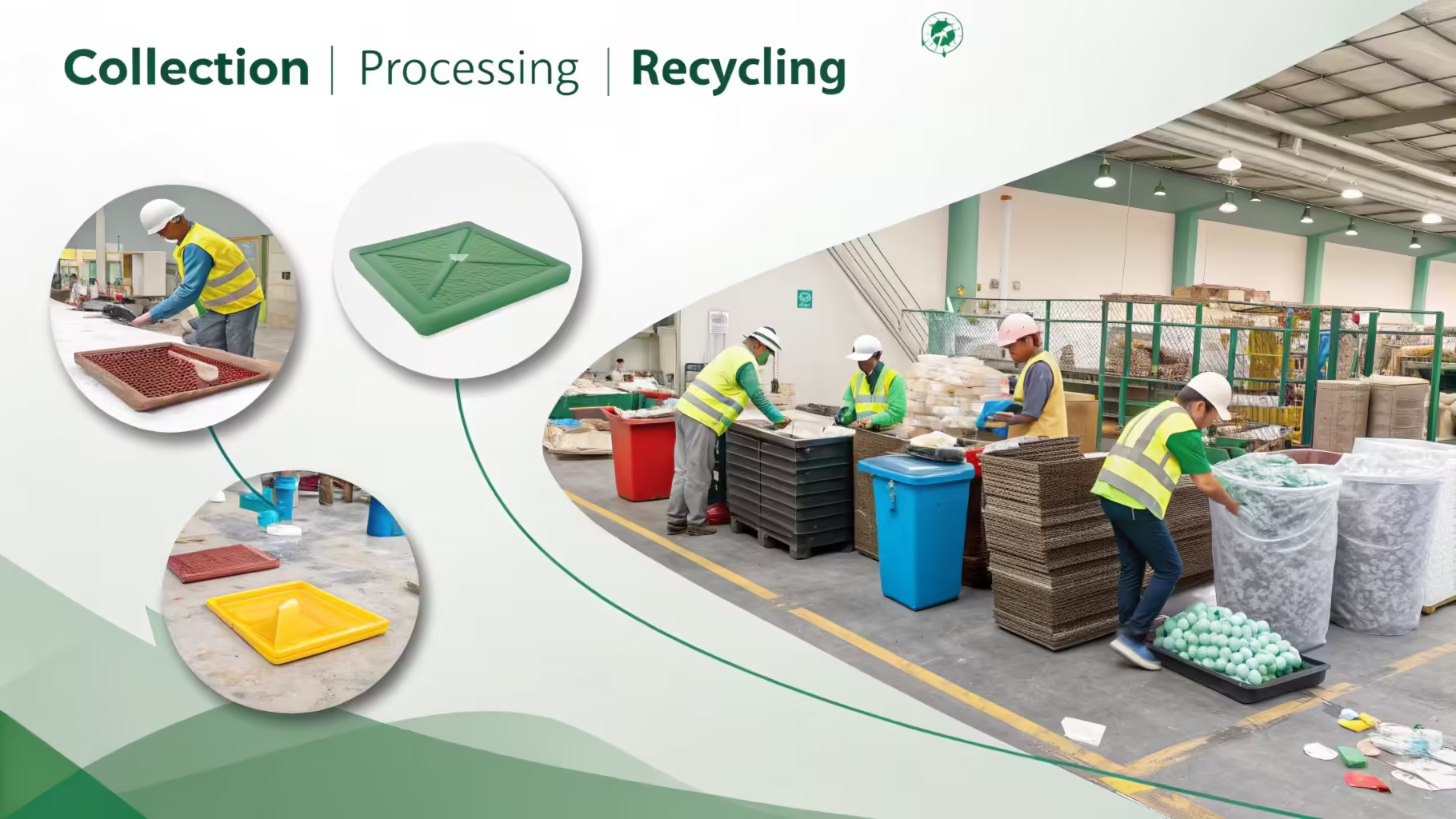
How Silicone Recycling Works
- Collection: Silicone products need to be collected at designated recycling facilities. Not all recycling centers accept silicone.
- Processing: Once collected, silicone is broken down and processed into raw material, which can then be reused in the creation of new products.
- Upcycling: In some cases, silicone is repurposed into other items, such as mats or playground surfaces, instead of being recycled into new kitchenware.
Where to Recycle Silicone Kitchenware
| Region | Recycling Facilities | Notes |
|---|---|---|
| United States | Limited, but growing | Check local recycling programs |
| Europe | More widespread | Often collected at special recycling stations |
| Asia | Rare | Limited infrastructure in many areas |
Recycling Tips
- Check Local Regulations: Contact local recycling facilities to find out if they accept silicone.
- Manufacturer Programs: Some brands offer take-back programs for recycling their products.
- Upcycle: Consider repurposing old silicone kitchenware for DIY projects.
What Are the Health Benefits of Using Silicone Kitchenware Over Plastic?
Silicone kitchenware offers significant health benefits compared to plastic alternatives.
Unlike plastic, silicone is non-toxic, free from BPA and phthalates, and does not leach harmful chemicals into food.
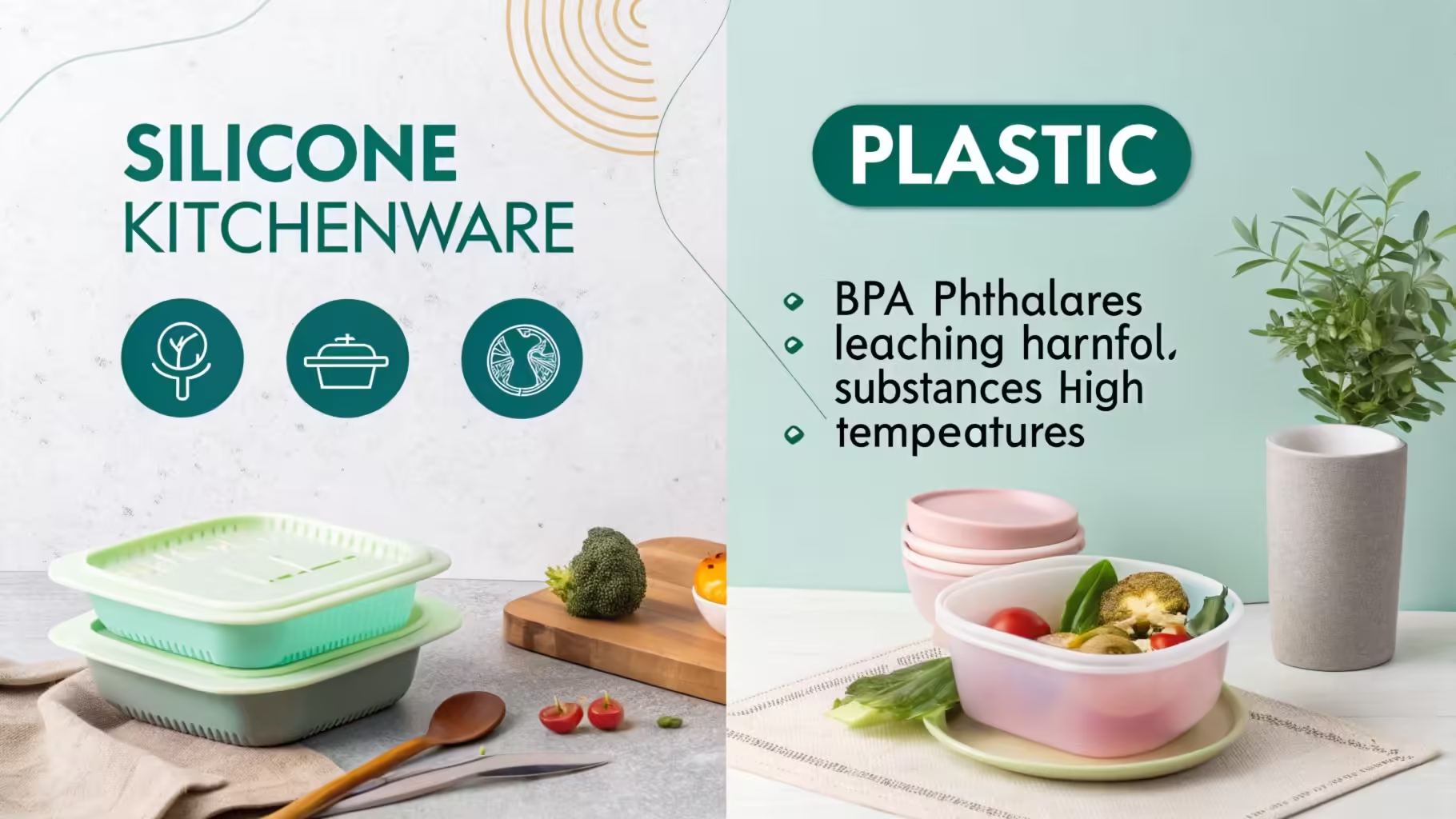
Health Risks of Plastic
- BPA and Phthalates: Many plastics contain harmful chemicals like BPA and phthalates, which can leach into food and beverages.
- Toxins When Heated: Heating plastic can cause it to release harmful substances, potentially contaminating food.
- Hormonal Disruption: BPA and phthalates are endocrine disruptors, which may affect hormone balance.
Health Benefits of Silicone
- Non-Toxic: Silicone is made from food-safe materials and does not contain harmful chemicals like BPA or phthalates.
- Resistant to Leaching: Silicone does not leach harmful substances into food, even at high temperatures.
- Hypoallergenic: Silicone is hypoallergenic and safe for those with sensitivities or allergies.
Silicone vs. Plastic
| Material | Chemical Safety | Heat Resistance | Health Considerations |
|---|---|---|---|
| Silicone | Non-toxic, no BPA | Up to 250°C | Safe for food contact |
| Plastic | Often contains BPA | Melts at high temperatures | Leaches harmful chemicals |
| Metal | Safe | Up to 300°C or higher | No leaching issues |
Conclusion
Switching to silicone kitchenware offers significant health benefits, as it’s free from harmful chemicals and resistant to leaching. In comparison to plastic, silicone is a safer and healthier choice for preparing and storing food.
Conclusion
Silicone kitchenware is a sustainable, long-lasting, and health-conscious choice for eco-friendly cooking. By understanding the durability of silicone, its recycling potential, the impact of its production process, and its health benefits over plastic, you can make informed decisions about your kitchenware. Choosing silicone helps reduce waste, avoid harmful chemicals, and support a more sustainable future.
